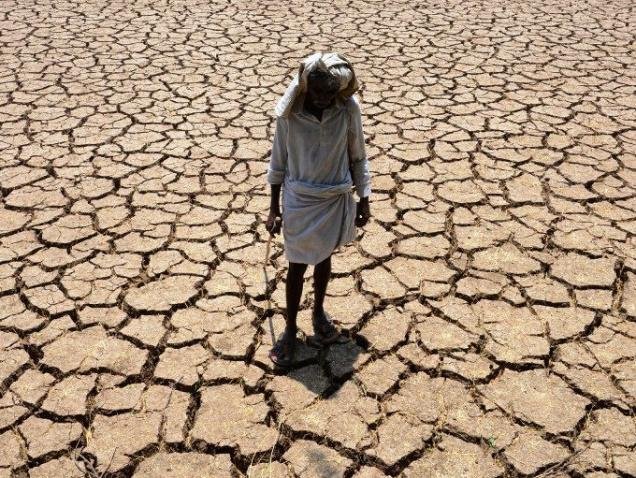A monster of a El Nino, in case you are not aware, was the culprit behind two years of consecutive droughts and record summer temperatures in India. Thankfully, this current spell of El Nino, which was one of the longest and strongest ever has finally come to an end, said the Australia Bureau of Meteorology.
To put it simply, El Nino is a natural phenomenon caused by the warming of surface waters in the Pacific Ocean which causes extreme weather events, ranging from droughts to floods.

Australian researchers have claimed that the waters in the Pacific have now returned to more normal temperatures marking the end of El Nino. As this phenomenon powerfully influences the changing weather patterns across the globe, many parts of the world will be breathing a sigh of relief, including India.
But now that El Nino has ended, what comes next? And what does it mean for India?
After every strong spell of El Nino, a spell of La Nina follows. Contrary to El Nino, the latter is associated with associated with cooler sea surface temperatures in the Pacific Ocean.
The Australian Bureau of Meteorology suggests that La Nina is likely to form between June and August based on international climate models. The Bureau further says that there is a 50% probability that this year’s monsoon season will be characterised by La Nina and hence above normal rainfall.

Reacting to the news, Madhavan Rajeevan, Secretary, Ministry of Earth Sciences told Hindu
It’s good news…there is a good chance that La Nina conditions will begin to show up in the second half of monsoon. August could mean heavy rain and we might see some monsoon rain in October also.
This development definitely bodes well for India, considering it is pinning all its hopes on the monsoons after a series of droughts. Its early onset this year coincides with the monsoon season in India when the kharif crop is sowed.

But, as they say excess of everything is bad. La Nina conditions could last for two years and since they bring heavy rain to India, we know what could be in store next (hint: floods).
Weather officials in India said this could also be a precursor to floods between August and September and the monsoon possibly spilling over to October. And that is something we really don’t want.

















